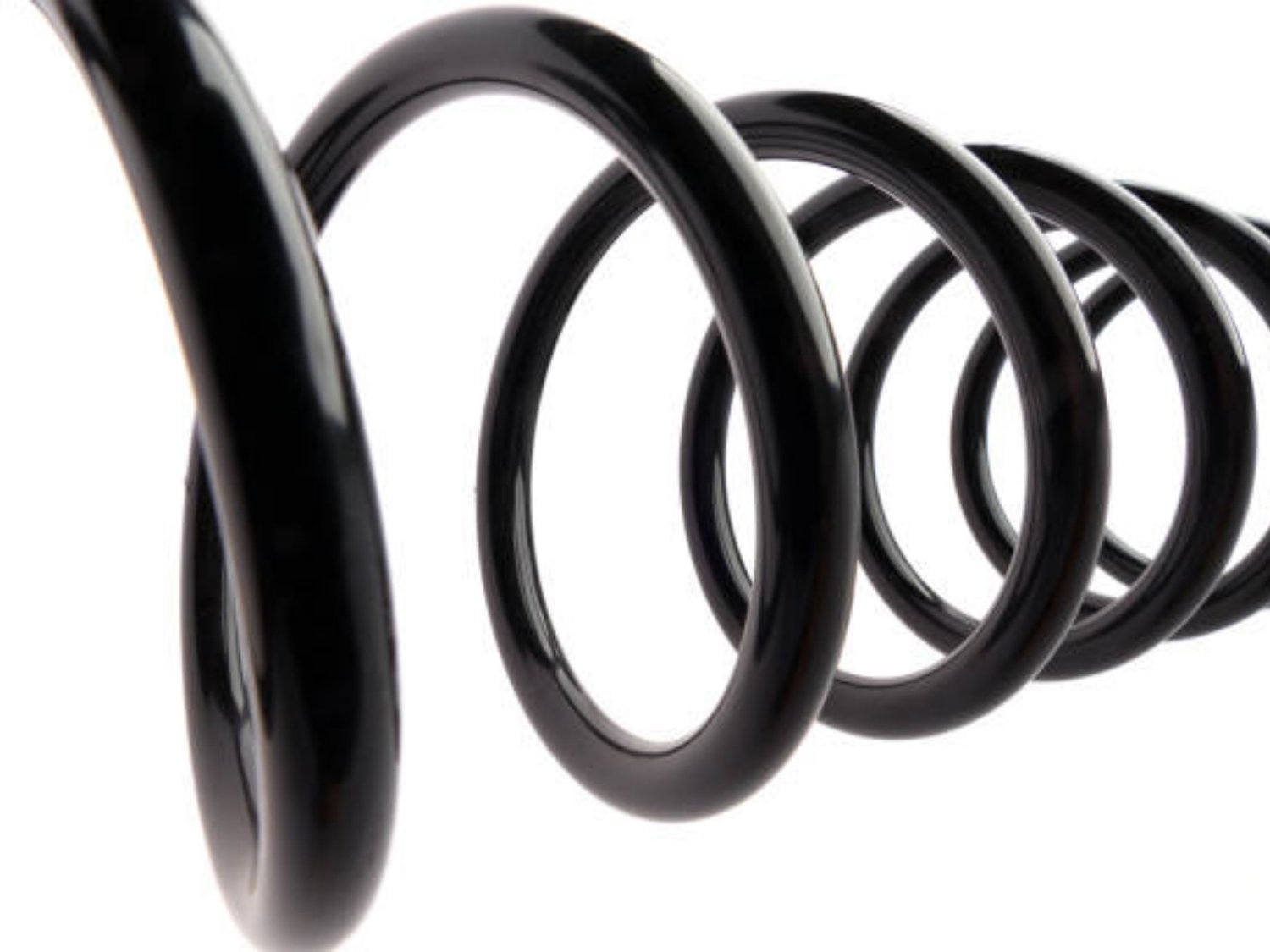Introduction
Spring tension refers to the force that holds a spring together when it is compressed or stretched. Springs are used in many applications, from mechanical devices to household items such as door hinges. Over time, springs may lose their tension and become less effective. In this article, we will discuss how to increase spring tension to ensure that your springs work as intended.
Identifying the Need to Increase Spring Tension
The first step in increasing spring tension is to determine whether the spring actually needs it. Signs that a spring may have lost its tension include sagging or drooping, failure to hold a load, and reduced performance. You may also notice that the spring is compressing or stretching more easily than before.
Ensuring Proper Working Conditions
To increase spring tension, it is important to ensure that the spring is working under the proper conditions. This may involve checking the temperature, humidity, and other environmental factors. Improper working conditions can cause the spring to lose its tension more quickly, so it is important to address any issues before attempting to increase tension.
Adjusting the Spring
One way to increase spring tension is to adjust the spring itself. This may involve tightening the coils or adjusting the hooks or ends of the spring. It is important to use caution when adjusting springs, as they can be dangerous if mishandled. Undertaking this process without proper knowledge could result in injury.
Replacing the Spring
If the spring has lost too much tension and cannot be adjusted, replacing the spring may be your best option. To replace a spring, it is important to choose one that matches the original specifications in terms of size, material, and tension. Having a tension gauge might be a good way to determine the required tension for the right-sized spring.
Professional Repair
In some cases, it may be best to seek professional repair services if you are not confident in your ability to increase spring tension. Professional repair services can ensure that the spring is restored to its proper tension in a safe and effective manner.
Preventative Maintenance
To prevent the need to increase spring tension in the future, it is important to engage in regular preventative maintenance. This may involve lubricating the spring to reduce wear and tear or addressing any environmental issues that may affect the spring's effectiveness.
Conclusion
Increasing spring tension is an important process for ensuring that your springs work properly. Whether through adjusting the spring, replacing it, or seeking professional repair services, there are many ways to increase the tension of a spring. By engaging in regular preventative maintenance, you can reduce the need for tension increases in the future.

